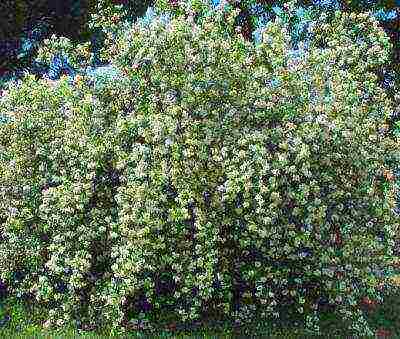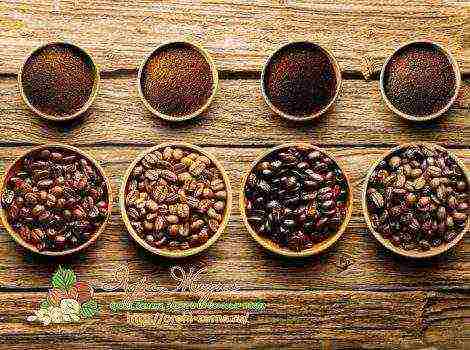Mikkeller is an iconic brewery that has won worldwide recognition in a short time. It was created by the Danes Mikkel Borg Bjergsø and Christian Keller, the name of the brewery consists of a combination of the name Mikkel and the surname Keller. Christian soon left the project, but he created a marketing vector for the brand's development.
Mikkel Borg Bjergsø, mathematician and school teacher, who brewed beer at home for about three years, for himself and close friends, and then decided to drastically change his life and completely immerse himself in the art of making beer. The impetus for this decision was the American craft beers, which impressed Mikkel with their eccentricity, and the resounding success of his Beer Geek Breakfast, which unexpectedly for Mikkel himself became the best stout in the world according to the 2005 RateBeer rating. Mikkel's inner flair and determination paid off completely, now he is one of the most important craftmakers on the world beer scene.
Mikkel's experience is unusual not only for the fantastic rise in popularity of his drinks, but also for the fact that, like at the beginning of his journey, he prefers to create drinks at other people's breweries. Mikkel calls himself a wandering, gypsy brewer. He travels a lot, his varieties are born in different countries, in dozens of different breweries. All Mikkel's skill and talent is in his head, and he doesn't like to get attached to one place. Wherever the master is, he can create a new excellent strain literally from what is, alone or in conjunction with other craft brewers. Such a rare gift to feel a future drink, not yet created it, makes its brewing art a truly unique phenomenon. In fact, Mikkel is the itinerant brewery itself.
Now Mikkeller beer can be purchased in more than forty countries of the world, and the company's branded pubs are located on different continents. Mikkel recently became the owner of a brewery in San Diego, where his famous beers are also brewed. He also organizes regular beer festivals in Copenhagen and the USA. During its existence, the brewery has created hundreds of various varieties, including both classic, reference samples, and rare, unusual, with fancy ingredients. Many varieties are ranked very high in the RateBeer community and are considered some of the best in the world.
Despite the successes, the brewery does not stop there and moves on.
Copenhagen this May hosts not only the Ice Hockey World Championship, but also a traditional festival Mikkeller Beer Celebration Copenhagen... Beer lovers flooded all the craft bars in the Danish capital last week, as well as the surrounding area of Vesterbro, where the festival is taking place. For the second year in a row, the editor of Pivo.by joined the main crafting event in Europe and shares his impressions.
Conceptually, the festival was no different from last year. The same venue - the huge Øksnehallen complex, the same format - two days and four sessions (there was a fifth session on Sunday for holders of "golden" tickets, but there you could try only what you didn't drink in the first days). It seemed that only the number of people had increased: they had to stand in lines longer, and push through the crowd more often. Therefore, there is no point in describing the event itself - everything was said a year ago. But on the current beer trends, which come mainly from American breweries, I would like to dwell in more detail.
Kislyaks are still held in high esteem! There were a lot of them and, if desired, at MBCC2018 it was possible to drink only saur ale and other variations with an underestimated pH value. A year ago, American breweries at the festival disappointed a little with their approach to sour beer, which can be summed up in the phrase "the sour the better."It is possible that during this time my receptors began to work differently, but there are more balanced sour varieties. This is especially true for the various fruit varieties Berliner Weisse and Gose. Here, first of all, I would highlight the breweries Funk Factory, Finback and Angry Chair. On the other hand, it is puzzling that most overseas breweries make very sour saison and grisette - that's not how I imagine these styles.
Returning to the classic sour varieties, then European breweries still rule. Brouwerij Boon, Brouwerij Oud Beersel and the young goseria Bokkereyder confirmed their class again. A queue immediately lined up at the Raf Sovereigns booth, which dissipated as soon as the beer ran out. This happened every time literally for an hour. Bokkereyder lambics are incredibly rare and hard to find even in Belgium. For many, the Copenhagen Festival is almost the only opportunity to try them. For example, last year Sovereigns sold approximately 10% of its annual production at Mikkeller Beer Celebration Copenhagen.
But where American breweries have no equal is in pastry stouts. Sugary sticky spirits, more like cakes and nut butters, are another popular trend. Of course, one can argue that this is "chymosis", but what difference does it make when it turns out very tasty. True, the number of such varieties and their flavor-aromatic similarity by the end of the festival began to strain. But, for example, Barrel Aged Hazelnut Imperial Stout by Untitled Art, Imperial Moon Butter by Angry Chair, or Only Void (Single Origin Coffee & Vanilla Bean) by Tired Hands were really brain-blowing.
Even more impressive were the various meads, especially from Superstition. The American mead brewery has demonstrated the highest quality of its drinks. This is not beer at all, rather, honey liqueurs mixed with various additives - raspberries, blueberries and blackberries, marshmallows and peanuts, grapes and cherries - and aged in barrels. Every time I wanted to shout: how do you do it? However, mead brewers don't like to share their secrets, as Superstition founder Jeff Herbert talked about in an interview a couple of years ago - that's why they practically never collaborate. The other two mead brews at the festival - B. Nektar and Rabbit's Foot - weren't that surprising. In the first, all the drinks are stronger and harder, and the second makes mainly sizers (mead with apples).
Various beers with grapes and hybrids of beer and wine are balancing on the border of styles. In this direction, the most liked breweries American Solera (especially Bière De Zinfandel) and Funk Factory with Cervino - Sangiovese (2017). For some reason, I completely missed the Jester King and Meierer wineries, which had wild ales with various grapes and pulp. Surely, they also went with a bang.
As with any festival, most of the varieties were brewed in various IPA variations. I was surprised by the almost complete absence of milkshakes. They were offset by double dry hopping and lupulin varieties. Exemplary - from Monkish, Civil Society, Hoof Hearted and, many will find it unexpected, Zagovor. In general, the Russian brewery showed itself in the best possible way - almost without anadromous varieties and with high ratings from visitors. And the support of the "conspirators" was suitable: several dozen people came to support the first Russian brewery at MBCC and just have fun in Copenhagen.
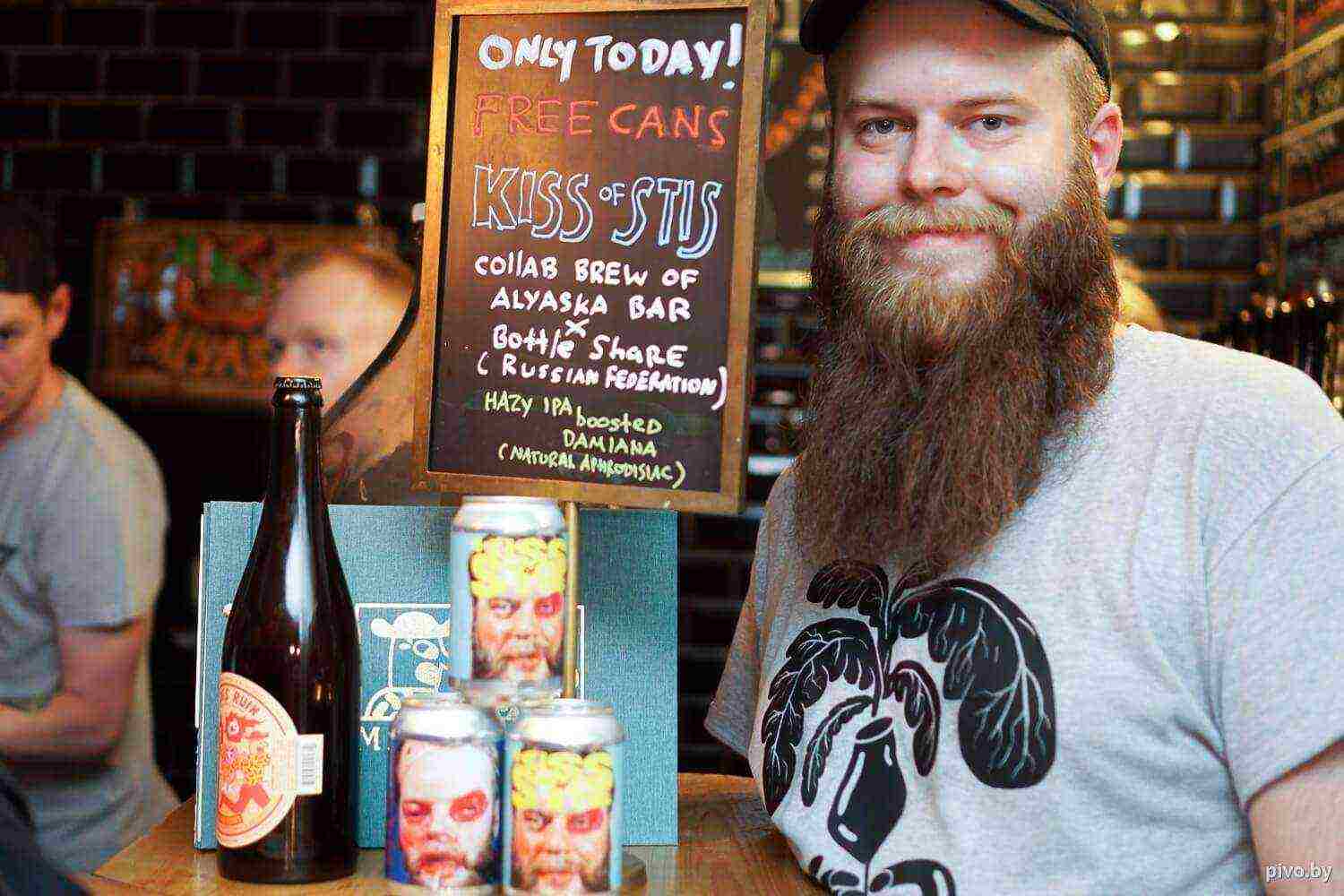
Another event with the participation of Russians took place the day before the festival. The team of the Volgograd bar Alyaska took the taps of Mikkeller Viktoriagade, exciting the ears of visitors with motley Russian-language music - from A-Studio and Antokha MC to Tequilajazzz, and distributing free beer brewed in collaboration with Bottle Share. Kiss of Stis - NEIPA with a natural aphrodisiac Damiana - was well received by the discerning crowd of Mikkeler's bar. This variety will be presented to a wide audience in Moscow one of these days.
To conclude the story about the festival, it is worth noting the revival of interest in lagers. This trend has been talked about for years in the United States, so a large number of pilsners and lagers were perceived with understanding, but not without a smile. But there was not a single Weizen and only one Vitbier, and that one with hibiscus.It is possible that in a couple of years they will return - craft brewing is developing in a spiral, periodically returning from oblivion beer styles that have long been forgotten or have lost popularity. This can be seen in a year. But if you are going to go to Mikkeller Beer Celebration Copenhagen, prepare for this event in advance: tickets for 2019 will appear already in November.
Danish Brewery Beer Mikkeller will go on sale in Minsk in the coming days. The importer of beer BeerCap announced this on Saturday during his birthday celebrations.
Mikkeller is one of the main pillars of the crafting revolution in Europe. The company was founded in Copenhagen by mathematician Mikkel Borg Bjergsø and journalist Christian Klarup Keller. They have been successfully homebrewing for several years, winning thematic competitions in Denmark and even selling their beer in small local bars. In 2006, they decided to take their hobby seriously. True, a year later, Keller decided to leave the company and focus on his career as a journalist. But Bjergso continued to do what he loved. And the current success of Mikkeller proves him right.
The company will soon be ten years old, but now, as at the very beginning of its journey, Mikkeller brews beer at foreign facilities - factories in Denmark, Belgium, Great Britain and the USA. The company recently acquired a AleSmith facility in San Diego, where Bjergsø plans to brew beer in collaboration with other craft brewers around the world. Now the company's beer is sold in 40 countries, and Mikkeller branded pubs have opened in seven cities on different continents.
During its existence, the company has brewed more than 800 different types of beer. Among them are extremely unusual experimental varieties (who else could have thought of making spontaneous fermentation beer on beets, mountain ash or kiwi?), Masterpiece imperial stouts (four varieties are now in the TOP-50 RateBeer in their style, and Beer Geek Brunch Weasel is even on the list the best varieties in the world), barleywines and quadrupels.
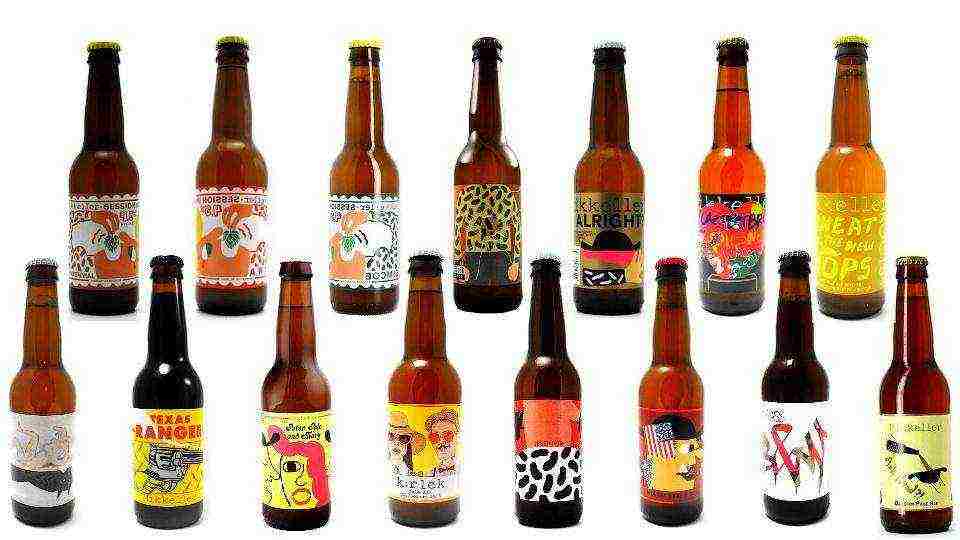
Unfortunately, these epic strong varieties cannot be bought in Belarus. Much has already been said about the specifics of our legislation, but things are still there. But 15 other excellent varieties arrived, including one of my favorites - Årh Hvad ?! It's just a grand Belgian ale that is brewed as a variation on the Trappist Orval beer. I won't even describe its aroma and taste - just try it!
Seven varieties have already appeared on sale at Tochka (100 thousand Belarusian rubles per bottle). The beer will most likely reach Craft House by the end of the week, and later elsewhere in the city. Follow BeerCap for information.
Friends, we again have a very interesting replenishment in the import assortment. As I wrote earlier, we cannot, and we have no right, to ignore the growing interest in craft beer in our country. And so we brought the legendary Mikkeller, which does not need a separate introduction, and many of you have already been able to taste it in the bars of Moscow.
Below is a description of the varieties and the point of sale.
So what do we have. (Description provided by the manufacturer)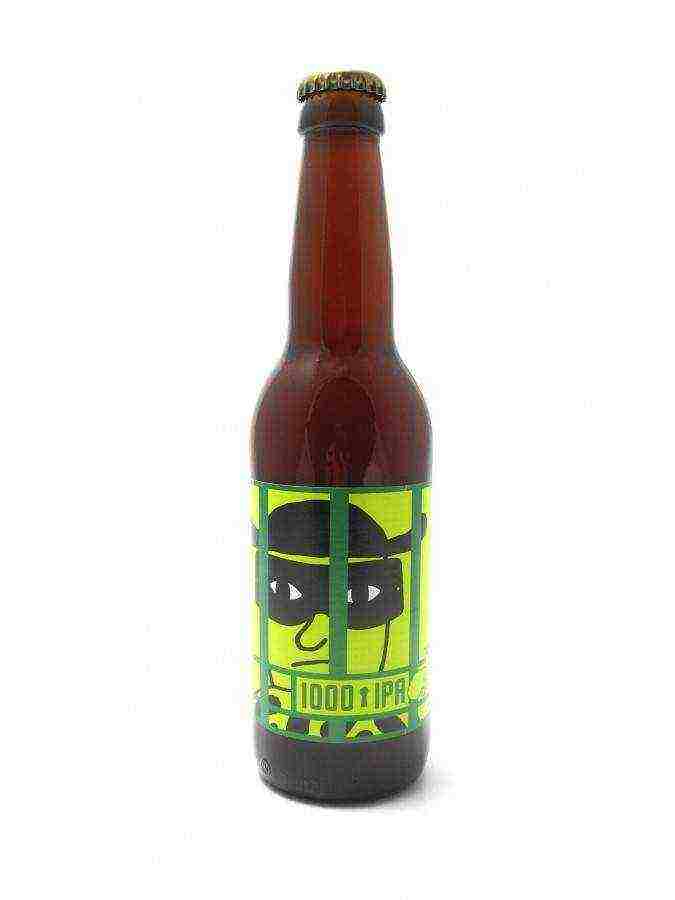
Name: Mikkeller 1000 IBU
Style: Double / Imperial IPA
Alcohol: 9.6%
Initial wort extract 26.6
Red-amber color
Bitterness stated: 1000 IBU
Cara Crystal, Munich and Oat Flakes malt
Simcoe hops
Flavoring characteristics: Imperial IPA, to which a large amount of grapefruit and hops are added. The name of this beer comes from a theoretical bitterness of 1000 IBU. Rated 99 out of 100 on
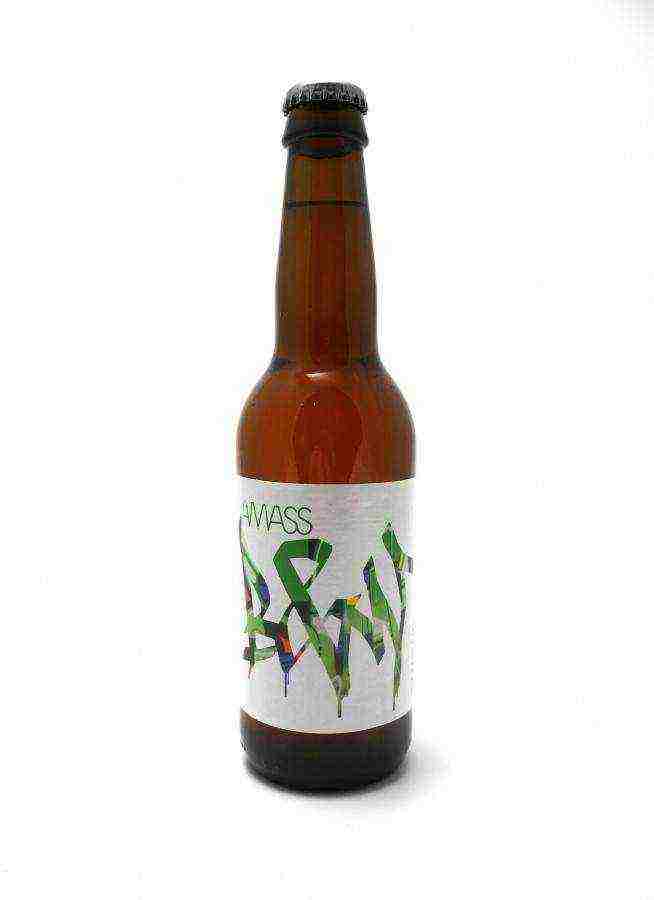
Name Mikkeller Amass IPA
IPA style
Alcohol 6.5%
Initial wort extract 15.3
Malt Cara Munich, Munich, oats
Hops Simcoe and Citra
Bitterness 99
Amber color
Taste characteristics: Aromas of grapefruit, passionfruit, herb and yeast with a bitter punch and fruity notes at the finish. This beer is part of the Amass series made in a Copenhagen restaurant.
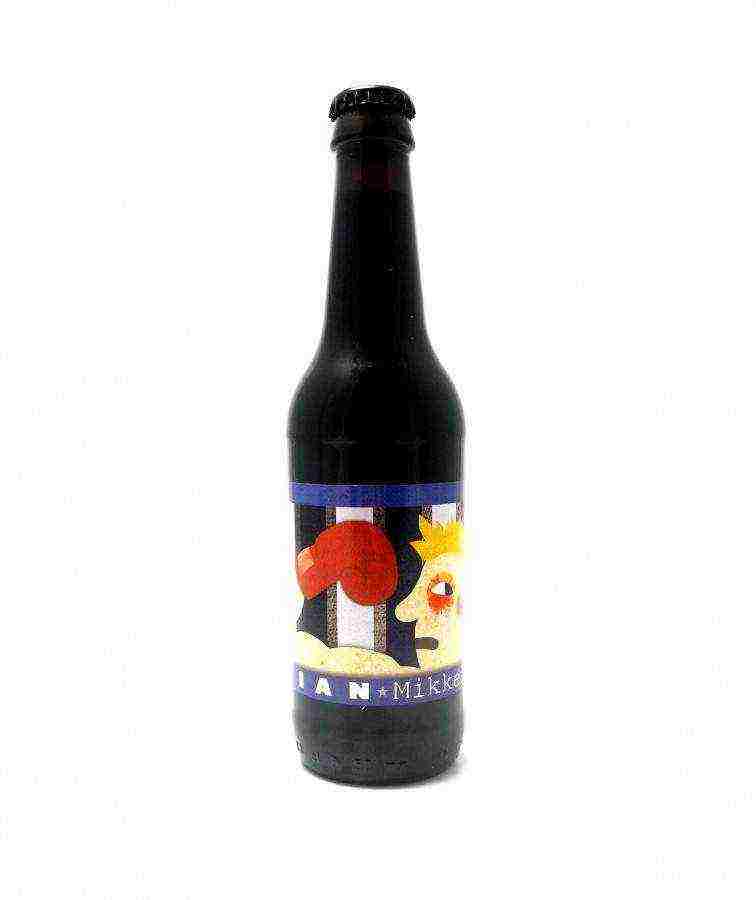
Title: Mikkeller Brian BA Bourbon
Style: Imperial Porter
Alcohol: 12.3
Initial wort extract: 40
Black colour
Taste characteristics: Brian is a strong and full-bodied beer made by Mikkeller in imperial porter style and aged in bourbon barrels.
Brian is a rather tongue-tied, but strong-minded boxer. This imperial portrer from the Danish brewer is "not the best boxer in history," but "fought Mike Tyson and Evander Hollyfield."
What does Mikkel mean by this? That the fight has been announced: Brian will fight George.Do you remember George? Yes, yes, this is an aggressive Russian imperial stout that "hits the drinker in the face." So Brian appears to fight George - and Mikkeller invites us to be the judge. Who do you prefer - Russian imperial stout or luxurious imperial porter?
___________________________________________________
Here comes George
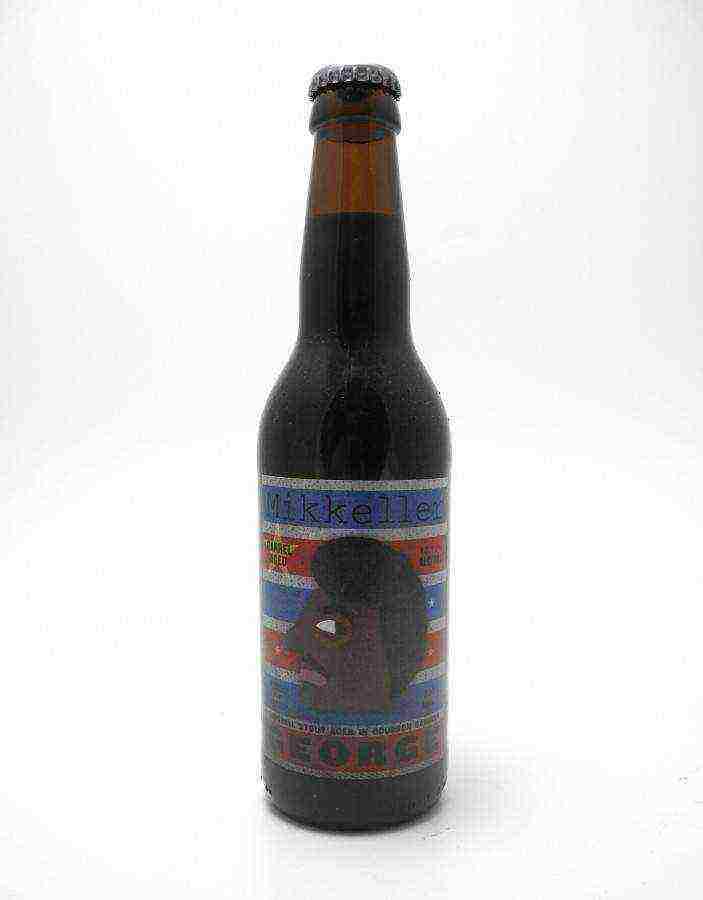
Title: Mikkeller George BA Bourbon
Style: Russian Imperial Stout
Alcohol: 12.1
Initial wort extract: 40
Black colour
Bitterness: 173
Malt: Chocolate and Aroma Malt, Flaked Oats
Hops: Cascade and Amarillo
Flavoring “Mikkeller George BA Bourbon is another very strong Russian imperial stout.
Has a beer ever hit you in the face? This stout can. He is beautiful and angry, brave and aggressive.
Mikkeller George BA Bourbon matures in bourbon barrels, which gives it a special aroma and taste - heady, noble, but at the same time intense and daring.
Score 100 out of 100 on
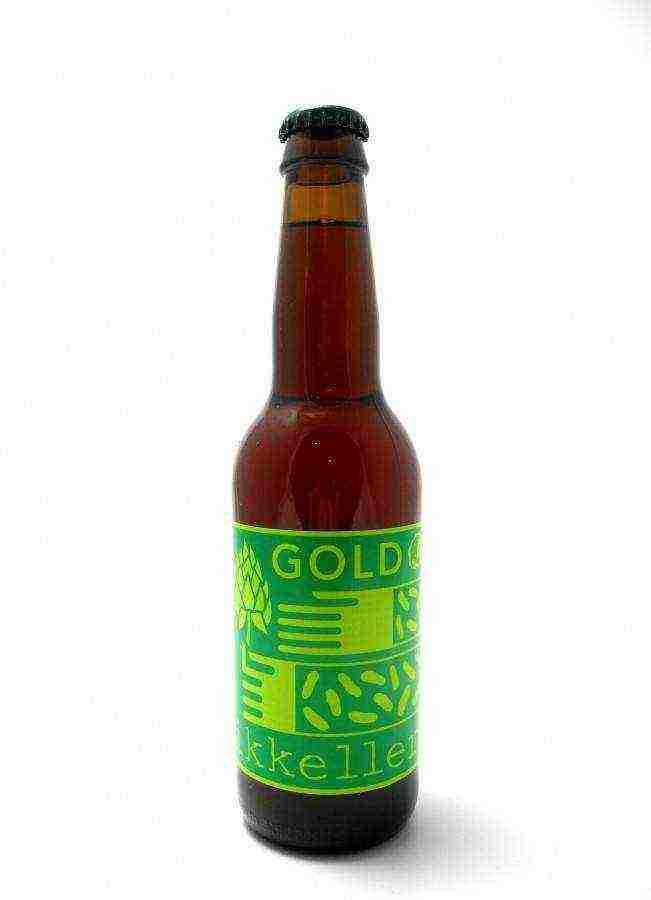
Title: Mikkeller Green Gold
Style: IPA
Alcohol: 7.0%
Initial wort extract: 17.5
Malt: cara munich, munich, marris otter, oats
Hops: simcoe and cascade
Bitterness: 137
Amber color
Flavoring Green Gold: This is an American-style IPA. The aroma has an American hop aroma with strong citrus and peach notes, as well as a slightly burnt caramel. The color is cloudy amber. The taste is dominated by caramel, but the beer is not sweet. Rated 99 out of 100 on
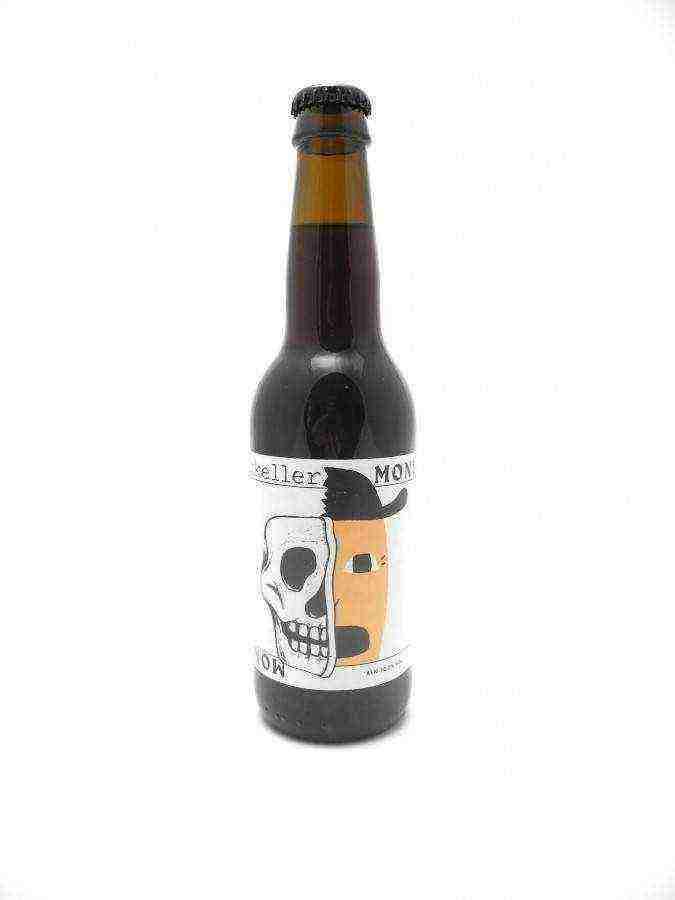
Title: Mikkeller Monk's Brew
Style: Quadrupel
Alcohol: 10%
Initial wort extract: 22.66
Color: dark
Bitterness: 37
Malt: Pale
Hops: Hallertauer, Styrian Golding
Flavor: Monk's Elixir (Monk's Brew) is a Belgian strong dark ale brewed by Mikkeller in a quadrupel style. Behind one of the most interesting labels of the new batch of Mikkeller beer is an equally interesting ale. This strong and full-bodied Belgian Quadrupele, inspired by the brewer himself, from the Trappist monasteries of Rochefort and Westvleteren, is a true explosion of ripe and dried fruits and berries, from plums and cherries to dates, raisins and prunes. ... The aftertaste contains spices and a spice with a long-lasting fruity sweetness. Rating on beeradvocate 88/100
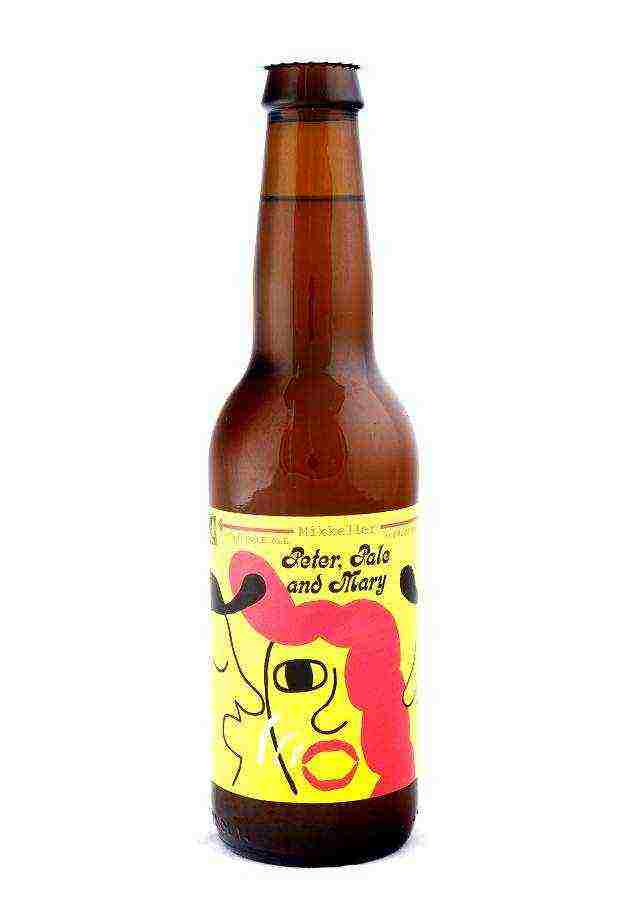
Title: Mikkeller Peter, Pale And Mary
Type: Pale Ale
Alcohol: 4.6%
Initial wort extract: 12.3
Color dark gold
Bitterness 37
Cara Munich and Pale malt
Hops: Centennial and Simcoe
Flavor: “Peter, Pale and Mary is an American pale ale brewed by Mikkeller in the American pale ale (APA) style.
No, this is not Peter Pan, it is Peter Pale. But it may well take you with you to a magical land. The journey begins with aroma: this APA immerses in the tropics: pineapple, papaya, guava, kiwi, lychee.
On the palate, the parade of bright images continues: here the hops add bitterness (grapefruit crust) and sour sweetness (lemon cake), and ends with a long and dry tropical finish.
Rated 93 out of 100 on

Title: Mikkeller Single Hop IPA Chinook
Type: IPA
Alcohol: 6.9%
Initial wort extract: 16
Turbid amber color
Bitterness 120
Malt: Cara Crystal, Munich
Chinook hops
Flavoring characteristics: Citrus, malt, earth, bread and biscuit aromas. The palate is dry and light, medium-bitter with notes of citrus, earth and malt. The Single Hop IPA series has its own slogan: "This super refreshing Single Hop IPA is for you drunkards!"
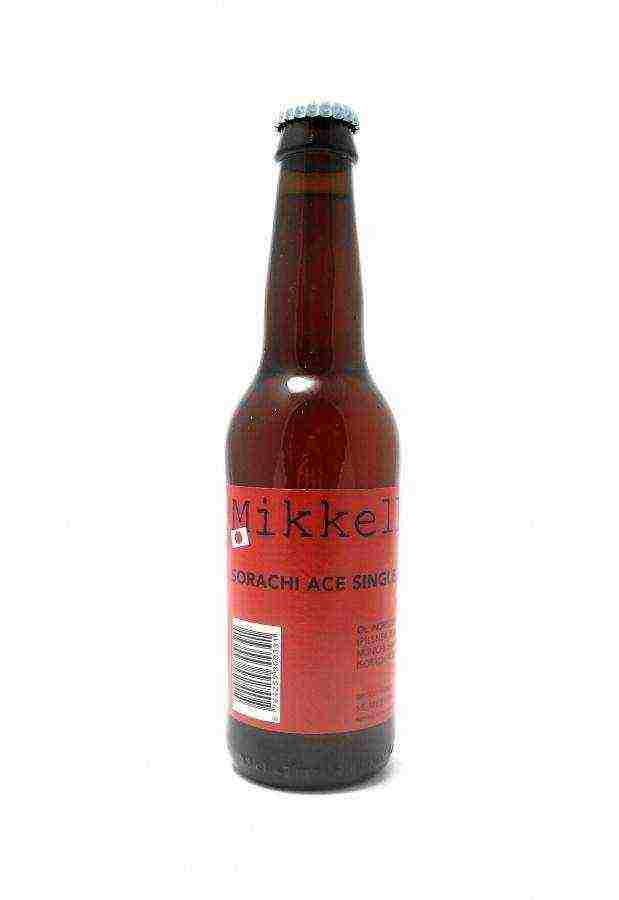
Name Mikkeller Single Hop IPA Sorachi Ace
Style: IPA
Alcohol: 6.9%
Initial wort extract: 16%
Color: dull amber
Bitterness: 122
Malt: Cara Crystal, Munich
Hops: Sorachi Ace
Taste characteristics: White foam, dense and thick. Bubblegum aroma, woody, vanilla. Caramel malt flavor, with herbal and spicy notes, intertwined with woody bitterness. The Single Hop IPA series has its own slogan - "This super refreshing Single Hop IPA is for you drunkards!"
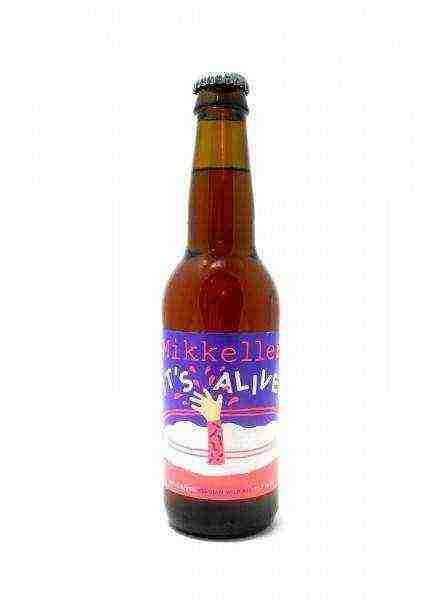
The name Mikkeller It's Alive!
Wild Belgian Ale Style
Alcohol 8.0%
Initial wort extract 15.5
Gold color
Bitterness 61
Cara Munich malt
Hops Styrian Golding
Flavoring It’s Alive !: It’s an answer and a nod to Orval Trappist beer. Easy to drink beer with a lot of hops. The color is amber with a dense and white foam. Wild strain of yeast "Brettanomyces" is added to this beer and this is partly why the beer is called "It’s Alive", as the beer continues to mature all the time that you have in a secluded corner of your house (preferably dark and cool). Rated 96 out of 100 on
Where to try.
MoscowAll your friends
Ale and stout
ON-LIT.RU
Haggis
Cooking
Riviera
Bread and Wine
Beer and Brut
Kids Ice Cream
Tsar-beer network
Network A couple more
Pint (Suschevsky Val 55)
Hop Head Craft Beer Pub
Cork
Birodrome network
Pivbar
Beermarket
Kask
Soroka (Moscow region, Istra district, p / o Pavlovskaya Sloboda, Novinki, 115)
St. Petersburg Beer Map
Manneken Peace
Minced meat and barrel
Craft Bier Cafe
ChelyabinskBoris-Bar

